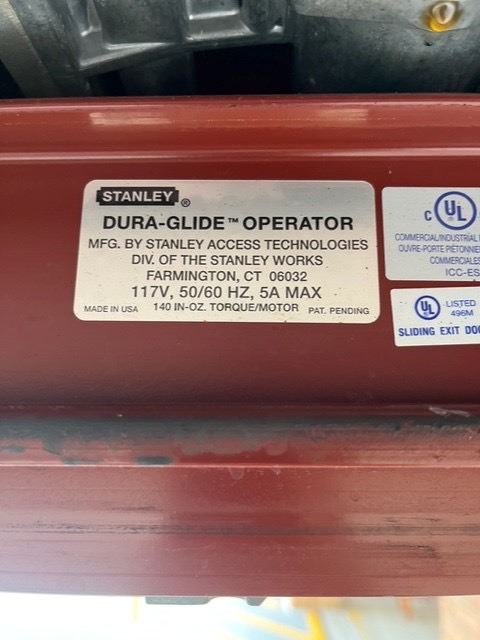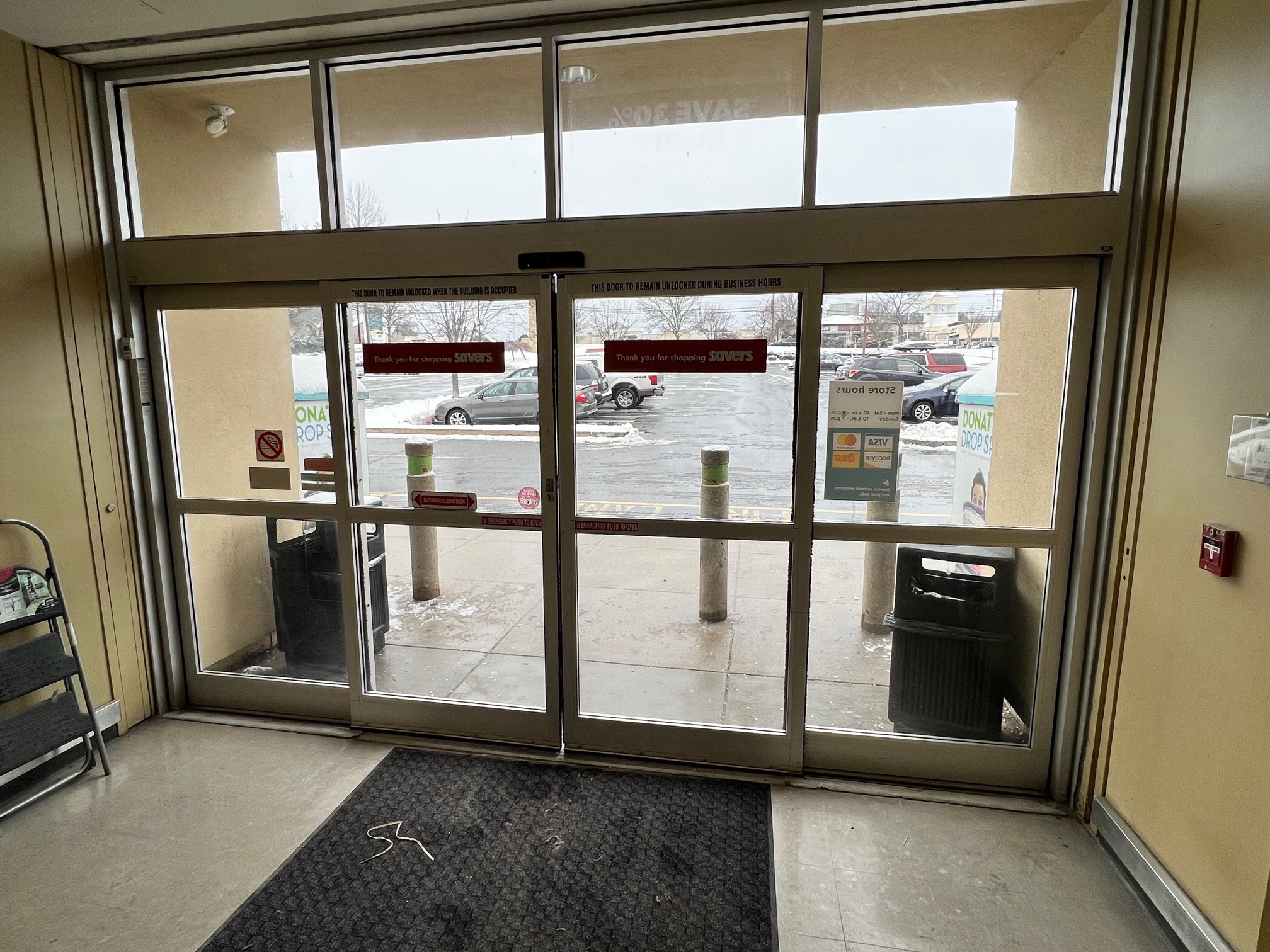Automatic doors are convenient and efficient, providing easy access to buildings and facilities. However, they can sometimes malfunction or become a safety hazard if the closing speed is not adjusted properly. In this blog post, we'll provide a step-by-step guide on how to adjust the closing speed on an automatic door to ensure proper operation and safety.
Step 1: Identify the Manufacturer and Model of Your Automatic Door
The first step in adjusting the closing speed on your automatic door is to identify the manufacturer and model of the door. This information can usually be found on a label or tag located on the door itself, or in the owner's manual. Once you have this information, you can consult the manufacturer's instructions for adjusting the closing speed.
Step 2: Locate the Speed Adjustment Controls
The location of the speed adjustment controls can vary depending on the manufacturer and model of the automatic door. Typically, these controls are located on the door's control box. On some models a handheld programming unit may be required in order to access thr adjustments. Consult the manufacturer's instructions to locate the speed adjustment controls.
Step 3: Adjust the Closing Speed
Once you have located the speed adjustment controls, you can begin adjusting the closing speed of the door. Most automatic doors have separate adjustments for the opening and closing speeds. To adjust the closing speed for most models with adjustable potentiometers, turn it clockwise to increase the speed or counterclockwise to decrease the speed. It's important to make small adjustments and test the door's operation after each adjustment to ensure proper function and safety. Again, refer to manufacturer’s instructions for proper adjustment. All automatic door controllers are different and may be require special steps to adjust properly.
Step 4: Test the Door's Operation
After making adjustments to the closing speed, it's important to test the door's operation to ensure proper function and safety. Open and close the door several times, both manually and using the automatic controls, to ensure that it is functioning properly and at the desired speed. If the door is not operating as desired, make additional adjustments as necessary.
Step 5: Consult a Professional
If you are unable to adjust the closing speed on your automatic door or if the door is still not functioning properly after making adjustments, it may be time to consult a professional. A qualified technician can diagnose and repair any issues with the door's operation and ensure that it is operating safely and efficiently.
By following these steps, you can adjust the closing speed on your automatic door and ensure proper function and safety. It's important to regularly inspect and maintain your automatic door to ensure that it is operating at peak performance and to prevent malfunctions or safety hazards.



